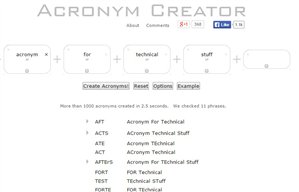Yes, technical folk love to create acronyms. It is part of our DNA! There is nothing more exciting than reading a company's acronym list.

These new acronyms represent technologies that are bringing the various facets of product design together.
"But aren't they already?" No.
Very often the design engineering team and the software engineering team are in different places - literally or figuratively - with respect to developing a new product. As the complexity of products continues to increase, we need the innovators to be working together. Take a look at the increasing complexity of luxury cars. These curves have continued into today. Products are now require significant cross discipline connectivity.
"But my design team and software team are in the same room. They talk and have design reviews. So I'm good right?" No.
We need to have the teams working together within the PLM and Software management(ALM) systems. This will help to ensure that everyone is pulling in the same direction. Example - if a customer changes the requirement for the braking system on the above mentioned car the change may impact mechanical (the caliper), the electronics (logic boards) and software (anti-lock brake programming). We cannot afford to be disconnected. We don't want to have to utilize design reviews to find issues that could have been prevented with better integration of data and teams.
As part of our partnerships with Airbus and IBM we are developing new integrated methods for leveraging OSLC within Aras Innovator. We have developed methods to handle the brake system use case I noted. We have enabled the cross functional teams to leverage the appropriate systems - say for example, Aras Innovator (PLM) for requirements, Mechanical and Electronics and IBM Rational(ALM) for software management. We are utilizing OSLC links to connect the customer requirements in Aras to the software requirements in Rational. We have also create an item and connection in PLM for the finished software that ALM will deliver.
When the Enterprise Change for the requirement change is initiated we will utilize the OSLC links to create linked changes in ALM to update the software requirements and to kick off a new software build process. This process will be closed loop and return back to PLM to be approved. Granted this is generalized. My intent was to give you the 50,000 ft view and dig in more in the future.
This is an important development as it will help all of our customers and partners. This is why Airbus cares. Their product complexity is orders of magnitude greater than a car - just look at the A380! It is imperative for them to bring all of their teams together virtually (as they are global) and ensure that the product will meet expectations and regulations. There are two ways to do this:: The sledgehammer method - with manual checks, tests, war rooms and alot of inefficient time burn by talented human capital. Or by leveraging Aras Innovator to manage the Business of Engineering, connecting the mechanical, electrical and software teams and their management systems so that they may create in the best way possible.
PLM, ALM, and OSLC....you care because these are key cogs in the product development machine. Keeping them engaged will ensure that product development will run smoothly for years to come.

